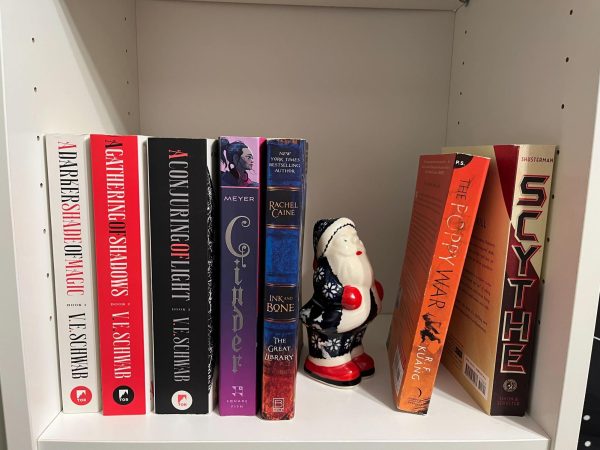Mobsters, rock music and the ’60s folk revival featured in movie picks
I often go out of my way to watch difficult films, perusing through the Criterion Collection’s selection of French New Wave and Italian Neorealism cinema. But sometimes, I need to give my brain a rest and relax with an old favorite.
When I don’t have the mental energy for a three hour Swedish drama but still want to watch a great movie, here are three of my favorite choices.
The Girl Can’t Help It
Veteran “Looney Tunes” director Frank Tashlin masterfully applied his knack for cartoon comedy to live action film with 1956’s “The Girl Can’t Help It.” Best remembered today for the pivotal role it played in bringing rock n’ roll music into the mainstream, the film is a nonstop procession of hilarious gags and performances by the likes of Little Richard, Gene Vincent, Julie London and the Platters.
Much like the “Looney Tunes” cartoons that made Tashlin famous, the individual jokes in “The Girl Can’t Help It” stand out more than the film’s thin plot itself. Though this film has very little real depth, I have a hard time not calling it a masterpiece; this is an energetic comedy of massive, grandiose proportions. The DeLuxe color Cinemascope cinematography makes this film feel larger than life and the lively musical performances only add to its joy.
Goodfellas
It’s violent, depressing and one of my go-to comfort movies. In spite of its often grisly subject matter, “Goodfellas” always provides a fun, familiar rewatch.
With its 1950s doo-wop soundtrack and a cinematic style reminiscent of Hollywood’sGolden Age, “Goodfellas” is paced flawlessly and excels at making the lives of gangster Henry Hill and his associates entertaining without ever glorifying their actions.
The color grading of “Goodfellas” feels like a more subdued version of the saturated eye-popping Technicolor style that was popular in the 1950s, making the film even easier to watch.
Inside Llewyn Davis
An episodic slice of life, the Coen Brothers’ quiet masterwork never drags or meanders. Following a period of time in the life of starving fictional ‘60s folk singer Llewyn Davis (based largely on Dave Van Ronk), “Inside Llewyn Davis” always reminds me that a movie doesn’t need to be action-packed and filled to the brim with plot twists to be enjoyable.
“Inside Llewyn Davis” serves as both a glimpse into the daily life of a struggling artist as well as an impressionistic view of the thriving folk revival scene in Greenwich Village, New York in the early 1960s. While the tone of the film is rather bleak, humorous moments are peppered in consistently throughout, which is typical of any Coen Brothers film.
The warm tone of this film makes it the perfect choice to watch on a snow day.










